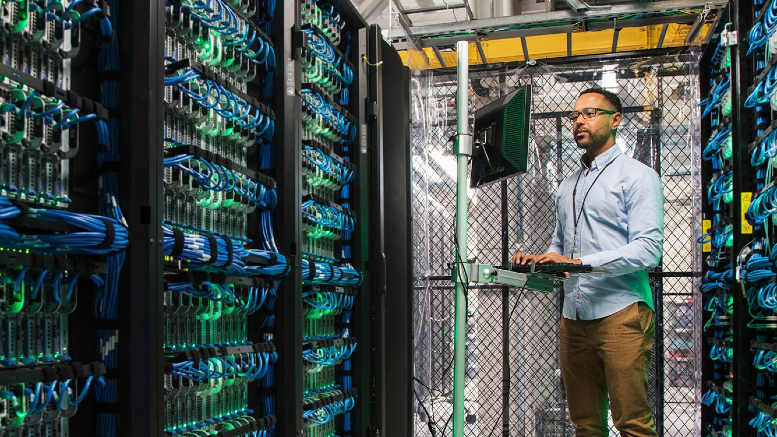How to build a more efficient and resilient supply chain in 2025
November 7, 2024 / Unisys Corporation
Short on time? Read the key takeaways:
- Break down broad objectives into smaller, actionable goals for effective supply chain improvement.
- Adopt the AIM strategy: Assess inefficiencies, implement solutions and monitor progress.
- Leverage data-driven insights to find bottlenecks and make informed decisions.
- Embrace continuous improvement and stay open to new technologies and processes.
Want a leaner and meaner supply chain in 2025? The goal of being more efficient, flexible and resilient is at the top of the to-do list for many logistics organizations. To increase your chances of success, start small.
In a recent webinar, Sabari Ramnath, Unisys' senior manager of solution management for Travel and Transportation, and Mary O'Connell, a freight broker and third-party logistics expert from FreightWaves, discussed how to effectively break up high-level goals and devise solutions to make your supply chain more efficient. The duo provided detailed guidance and practical steps to help you prepare your logistics organization for 2025.
Start with specific objectives
Getting clear on your objectives is the first step. "Once you've identified clear goals — improving delivery times or reducing costs — you can then explore the various solutions and processes tailored to each of these objectives,” Ramnath said.
Your goals might look something like these:
- Reducing delivery times
- Cutting operational costs in a business unit
- Boosting on-time delivery metrics
- Improving customer onboarding processes
- Enhancing data analysis capabilities
Be specific and avoid lofty goals like “streamline end-to-end supply chain operations " that don’t lead to actionable next steps.
Adopt a proactive approach
Once you identify your goals, Ramnath recommends adopting a proactive approach using the assess, implement and monitor (AIM) strategy:
- Assess: Identify inefficiencies and bottlenecks in your current processes.
- Implement: Find and deploy the right solutions.
- Monitor: Continuously evaluate and adjust your approach.
Let's look at each step of this strategy.
Assess: Identify inefficiencies
Ramnath advises, "Find out what bottlenecks prevent you from providing the results or the outcomes your customer is expecting from you." Once identified, benchmark these bottlenecks against market standards, which will help you determine where you stand in the industry and what improvements are needed.
Don't underestimate the power of data. O'Connell says, "Data is king. The more data you have, the better decisions you can make." Invest in robust data collection and analysis tools to gain deeper insights into your operations.
Implement: Find and deploy the right technology
When implementing a solution, choose technology that addresses your needs and remember that technology is not magic. Ramnath says technology implementation is ongoing: "Never think the solutions you have implemented will automatically solve your problem. You must keep monitoring and evaluating if the solution is satisfying your needs or problems."
Be sure to stay open to new solutions, adapt your processes and adopt new technologies as needs change. Ramnath says, "The technology that worked for you five years back may not be relevant today."
Monitor: Continuously evaluate and improve
The monitoring phase helps ensure your implemented solutions remain effective while you continue to meet your evolving business needs. This phase also allows you to find new inefficiencies that may arise, keeping your logistics operations agile and responsive.
To accomplish this goal, foster a culture of continuous improvement. O'Connell says, "Always look for ways to improve. If you're not moving forward, you're moving backward." Encourage your team to question processes regularly and suggest improvements.
Future-proof your supply chain
As you look toward 2025, the guidance from Ramnath and O'Connell are clear:
- Set specific, measurable goals to guide your efficiency efforts.
- Use data to drive decision-making and find areas for improvement.
- Stay adaptable and open to new technologies and processes.
- Foster a culture of continuous improvement within your organization.
By applying these insights and using the AIM strategy, you can address your smaller goals and create a more efficient, flexible and resilient supply chain. Start implementing these changes today to strengthen your supply chain for future success.
Read more about how you can overcome operational roadblocks.
Have questions? Contact Unisys today.
















